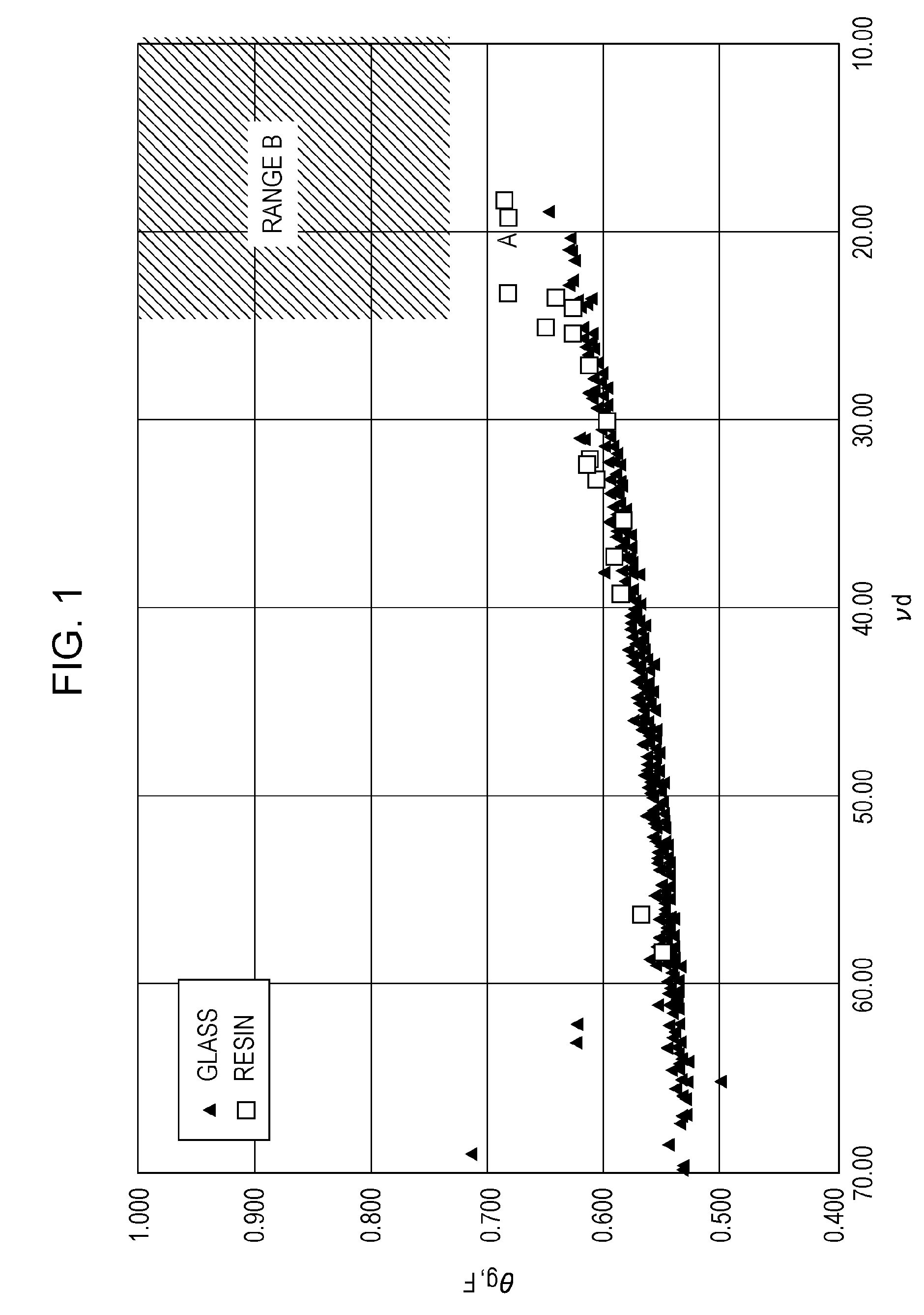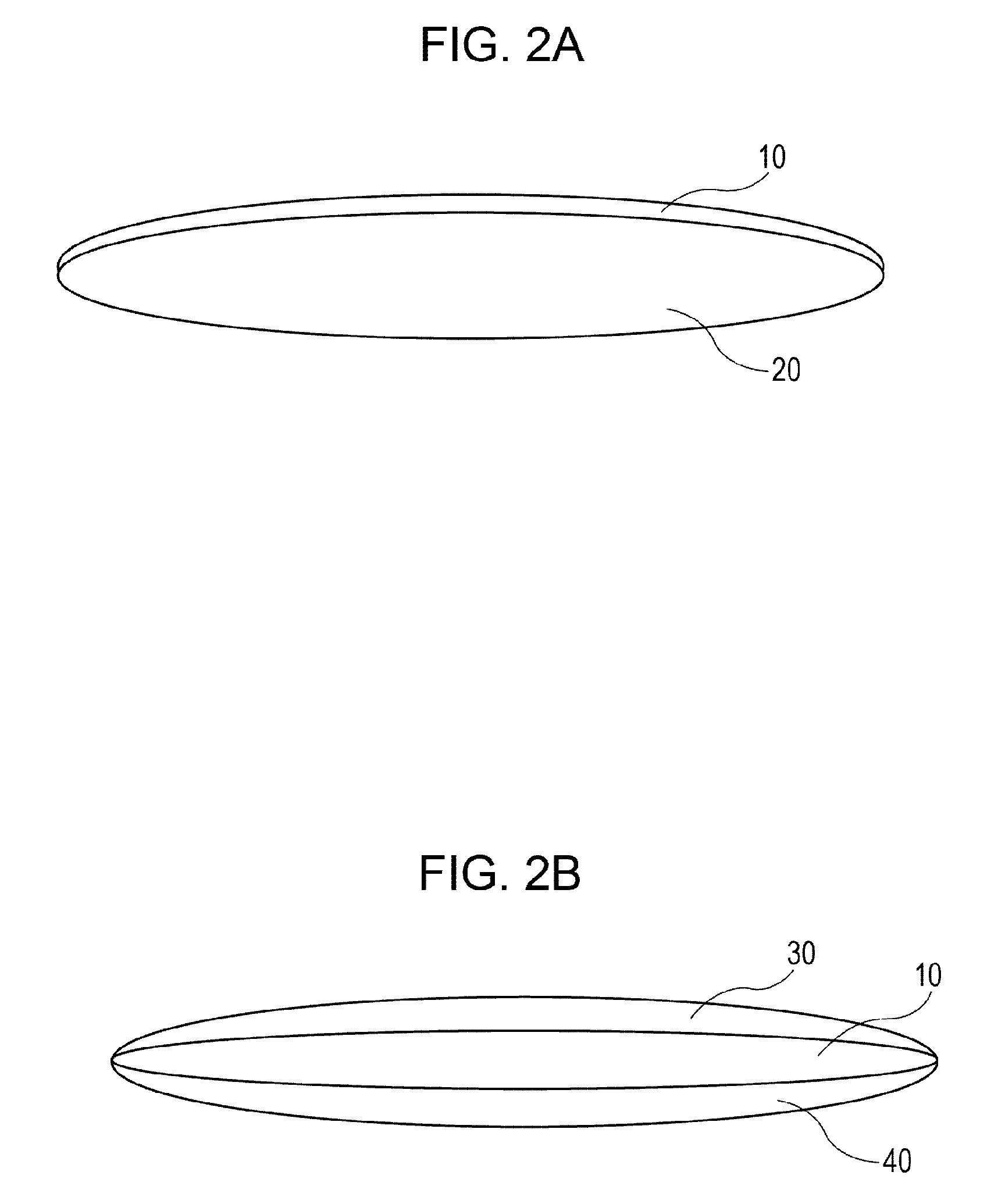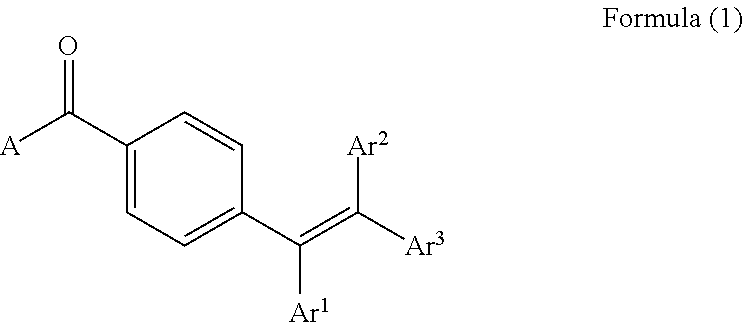Conjugated aromatic compound, optical material, and optical element
a technology of conjugated aromatic compounds and optical elements, applied in the direction of optical elements, instruments, organic chemistry, etc., can solve the problems of difficult to sufficiently correct chromatic aberration, no material having characteristics, and rare organic resins with discriminating dispersion characteristics
- Summary
- Abstract
- Description
- Claims
- Application Information
AI Technical Summary
Benefits of technology
Problems solved by technology
Method used
Image
Examples
example 1
[0081]The present invention will be described in more detail with reference to examples, but is not limited to the following examples unless it is beyond its gist. Note that synthesized products were analyzed with JNM-ECA400 NMR, a product of JEOL Ltd.
synthesis example 1
Synthesis process of 2-(4-bromo-3,5-dimethylphenoxy)tetrahydropyran
[0082]Pyridinium para-toluenesulfonate (0.01 g) was added to a chloroform solution containing 4-bromo-3,5-dimethylphenol (50 g) and 3,4-dihydro-2H-pyran (35 g), followed by stirring. After confirmation of the degree of reaction progress by thin-layer chromatography (hereinafter referred to as TLC), the reaction was quenched with triethylamine. The organic phase was washed with water and saturated brine in this order. The resulting organic phase was dried over anhydrous magnesium sulfate. Subsequently, the organic phase was concentrated and purified by column chromatography to obtain 70 g (yield: 980) of 2-(4-bromo-3,5-dimethylphenoxy)tetrahydropyran as a colorless liquid.
[0083]A tetrahydrofuran solution (40 mL) of 2-(4-bromo-3,5-dimethylphenoxy)tetrahydropyran (4.8 g) synthesized in Synthesis Example 1 was cooled to −78° C., and n-butyllithium (2.6 M, 7.2 mL) was gradually dropped therein. The resulting mixture was s...
example 2
[0087]A chloroform solution (150 mL) of the compound (16.5 g) synthesized in Example 1 was cooled to 0° C. Chloride methacrylate (6.5 g) and triethylamine (12 g) were successively dropped into the chloroform solution, and the resulting mixture was stirred for 2 hours while warming to 25° C. After confirmation of the degree of reaction progress by TLC, the reaction was quenched with an aqueous solution of sodium hydrogen carbonate. The organic phase was extracted with ethyl acetate, and the resulting organic phase was washed with a 0.5 N aqueous solution of sodium hydroxide.
[0088]The resulting organic phase was dried over anhydrous magnesium sulfate, concentrated, and purified by column chromatography to obtain 4.4 g (yield: 58%) of 4-[4-(2,2-diphenylvinyl)benzoyl]-3,5-dimethylphenyl methacrylate (2) as a light yellow solid. The structure of Product 2 was confirmed by 1H-NMR. Table 1 shows optical characteristics and practical utility of Product 2.
Product 2
[0089]1H-NMR (CDCl3; TMS): ...
PUM
| Property | Measurement | Unit |
|---|---|---|
| temperature | aaaaa | aaaaa |
| temperature | aaaaa | aaaaa |
| temperature | aaaaa | aaaaa |
Abstract
Description
Claims
Application Information
 Login to View More
Login to View More - R&D
- Intellectual Property
- Life Sciences
- Materials
- Tech Scout
- Unparalleled Data Quality
- Higher Quality Content
- 60% Fewer Hallucinations
Browse by: Latest US Patents, China's latest patents, Technical Efficacy Thesaurus, Application Domain, Technology Topic, Popular Technical Reports.
© 2025 PatSnap. All rights reserved.Legal|Privacy policy|Modern Slavery Act Transparency Statement|Sitemap|About US| Contact US: help@patsnap.com



